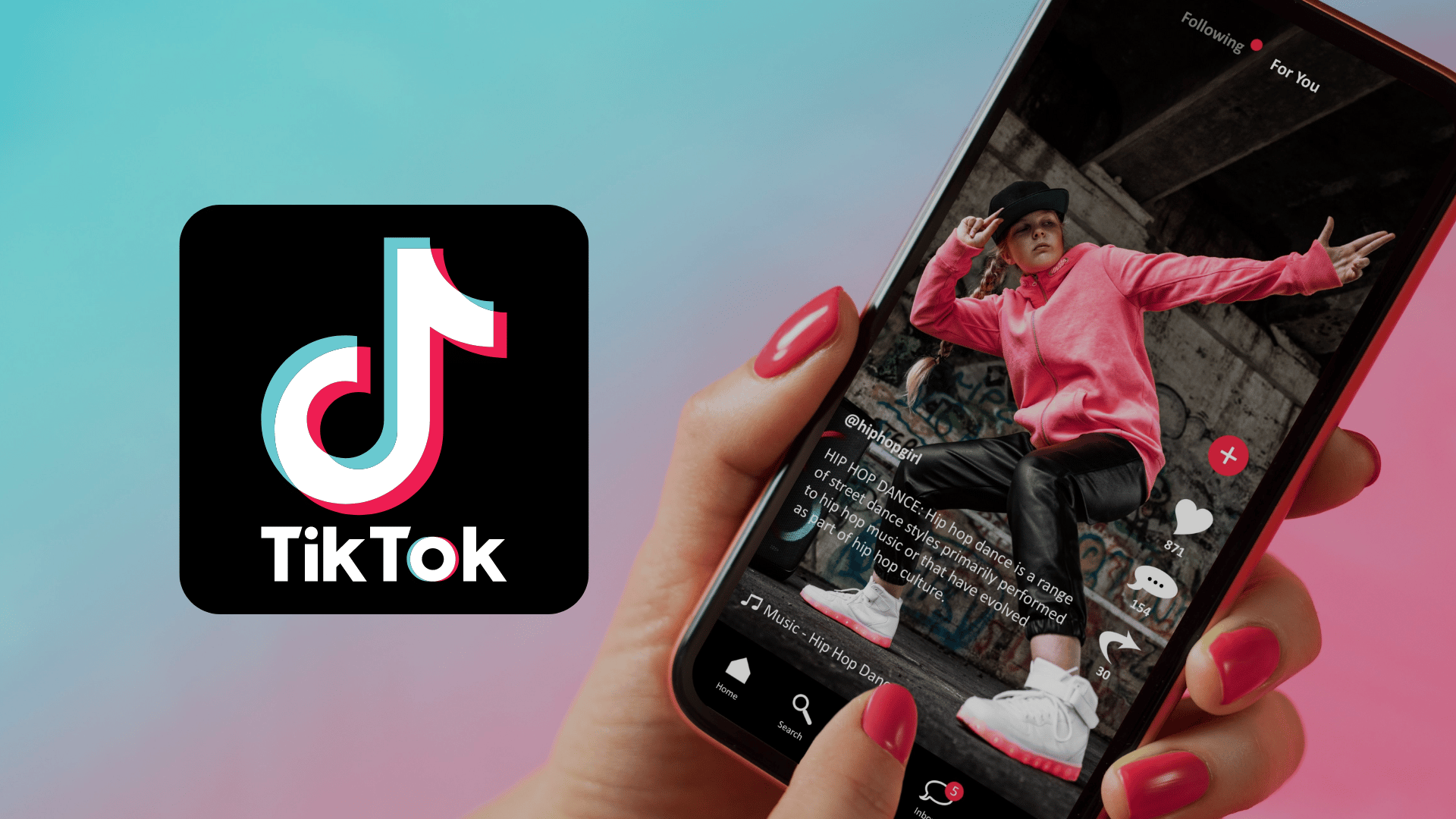⏱️ This post is part of a blog series, “Great Scott! The Future of Marketing is...” that will answer questions about marketing trends from emerging technologies to changing views about the role and purpose of marketing.
Multi-touch Attribution: Popping the Hood of your Marketing Plan
Over the last few weeks, we’ve used this series, “Great Scott! The Future of Marketing Is…,” to examine emerging trends and new technologies in the marketing field. From paradigm shifts that reprioritize the consumer, to virtual experiences that place fantastical worlds in the palm of one’s hand, all trends on the horizon follow the same golden rule—the consumer’s needs are paramount, and every step in their journey must be nurtured.
As marketers scrutinize the individual touchpoints along that journey, the natural question becomes, which of these interactions ultimately leads to conversion? After all, how do you drive growth if you don’t know where to allocate your marketing budget?

Attribution models help us pop the hood of our marketing plan to see which parts are emitting smoke, and which are assisting us as we happily hum along.
Google Analytics defines an attribution model as a rule, or set of rules, that determines how credit for sales and conversions is assigned to touchpoints in the conversion path.
If you don’t think you’re currently using an attribution model, you’re likely relying on first or last-touch attribution by default. Just like they sound, first and last-touch attribution gives 100% of the conversion credit to the consumer’s first interaction with the brand, or their last interaction before completing a purchase.
According to research from Cisco, it takes 56 touchpoints on average for a customer to make a purchase. When you place a disproportionate amount of credit on one sole interaction, you’re likely only right about one in 56 times.

A more comprehensive and accurate way to quantify the effects of your efforts can be found using multi-touch attribution.
The Basics of Multi-touch Attribution
Multi-touch attribution helps marketers answer the age-old question—exactly which parts of my strategy are actually working?
This tactic involves identifying each touchpoint in the customer journey and assigning a corresponding value for its ability to create conversion. Step one is as simple as making a list, but step two is a science unto itself. While it’s possible to develop your own model based on a mix of customer data, platform analytics, and internal reports, most marketers turn to advanced multi-touch attribution tools.
These tools collect data on customer touchpoints by using tracking mechanisms based on cookies, tags, or UTM code. Attribution tools typically provide an API that integrates with your email provider, CRM software, online ad platforms, and SEO tools.
Using a multi-touch attribution model can illuminate the inner workings of your marketing plan, but the results vary based on which type you use.
Linear attribution models assign equal weight to each customer interaction. If the conversion results in $50 worth of revenue, and the customer journey involves 10 touchpoints, each step is credited with producing $5 worth of revenue. While this model is inclusive of all touchpoints, it doesn’t account for variances in their impact. Like a pass/fail college course, no one gets credit for overperforming, and some get credit for not doing much at all.

If first and last-touch attribution joined forces, they would closely resemble the U-Shape attribution model. The U-Shape model places the most value (approximately 40%) on the first and last interaction with the customer, and less emphasis (20%, dispersed equally) on interactions in the middle.
The Time Decay attribution model assigns touchpoints increasingly higher value as the customer reaches the end of their journey, reasoning that the last few interactions are most effective in sealing the deal. W-Shaped attribution models spread the wealth, assigning value to the first and last touchpoints, as well as the mid-funnel point. The remaining value is then divided evenly across all other touchpoints.
Multi-touch attribution models provide valuable insights that help drive strategy, determine budgets, and inform shifts in resources to produce better results. As we look to the future of marketing, harnessing the wealth of information provided by new technology to increase ROI is possibly the most important trend of all. Besides, what’s the use of driving a Ferrari if you can’t pop the hood to admire (or fix) the engine?


-AK-148968-preview.png?width=842&height=310&name=1.01-1x1px-Embertribe-(Client-Services)-AK-148968-preview.png)









.png?width=810&height=810&name=TJ%20Jones%20-%20%20CoFounder%20EmberTribe%20(1).png)


%20-%20500x500%20-%20SP%20-%2045.01.png)
%20-%20500x500%20-%20SP%20-%2049.01.png)
%20-%20500x500%20-%20SP%20-%2057.01.png)


.png)